Micromobility is here to stay, and it’s changing how we experience urban life for the better. With Unagi’s membership program, you can enjoy all the benefits of a top-tier electric scooter without the sky-high price of ownership or the inconvenience of ride-sharing.
At first glance, electric scooters and kick scooters might look similar, sharing the basic scooter blueprint - two wheels, a deck, and a handlebar. However, underneath these resemblances lies a world of difference in design, performance, and usability.
And if you’re looking to get a last mile solution for your commute, you don’t want to invest in the wrong micromobility vehicle.
So, whether you're drawn to the electric scooter's ease of use or the active engagement of a kick scooter, let’s take a look at each one in more depth.
The difference between electric scooters and kick scooters
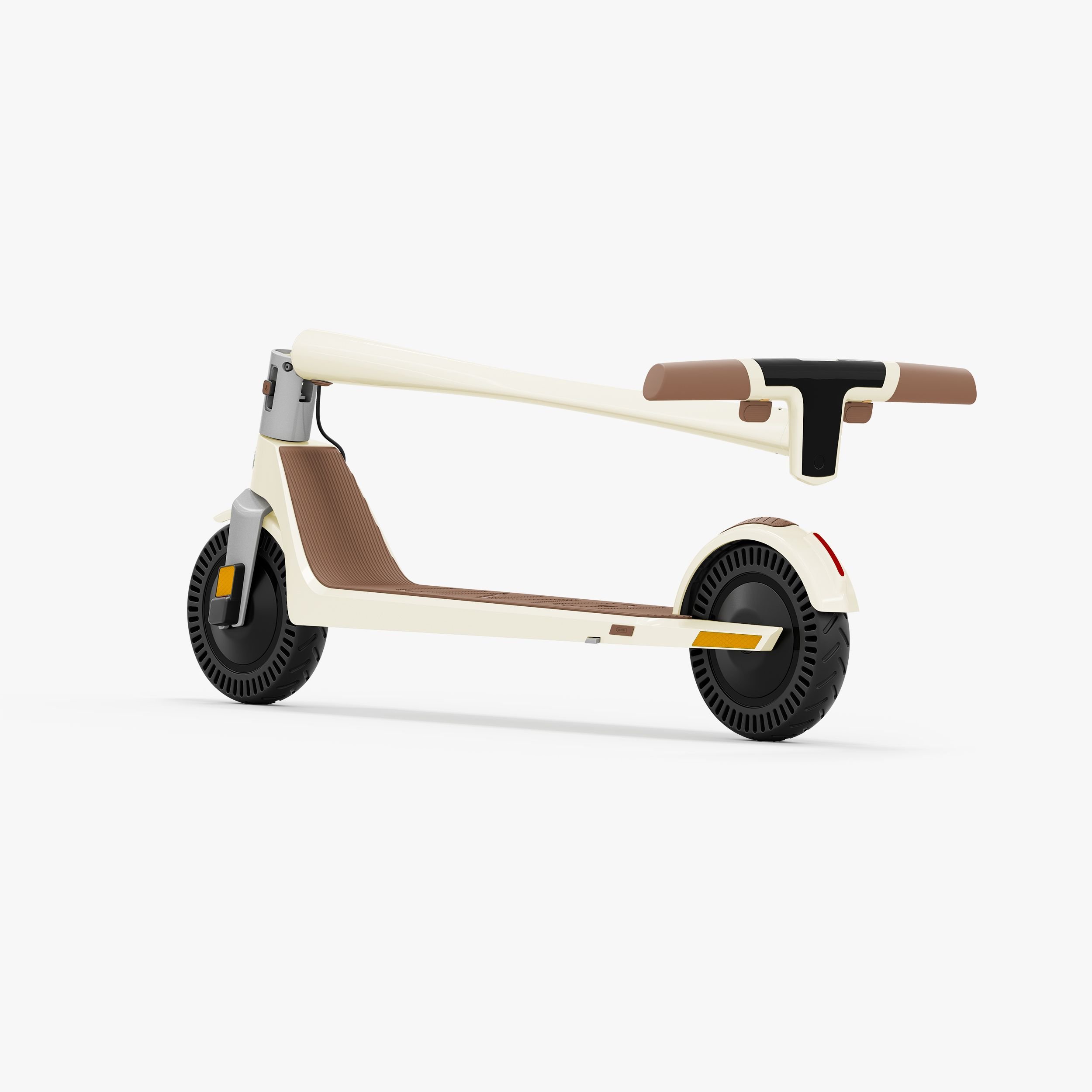
The primary distinction between electric scooters and kick scooters lies in their driving systems. Electric scooters feature electric motors fueled by rechargeable batteries, while kick scooters depend on human effort for motion, requiring riders to push off the ground while balancing on the deck.
Both serve as eco-friendly modes of transportation; but electric scooters are notably more efficient, offering a smoother ride and greater power, making them a more effortless means of travel.
Comparing electric scooters and kick scooters
Electric and kick scooters share similarities and distinctions in their design and construction, performance, practicality, and user experience, which we'll explore further below.
Design and construction
Scooters typically boast lightweight frames consisting of handlebars, a stem, a deck, two (or three) wheels, and additional accessories. Common materials used in construction include aluminum alloy, steel, and carbon fiber, particularly in models like the Unagi, renowned for their lightweight properties. Most scooters feature a folding design for portability, although exceptions exist, notably in high-performance electric scooter models.
That said, kick scooters generally exhibit smaller frames compared to electric scooters, as the latter require more space to accommodate components such as electric motors, batteries, mechanical braking systems, and optional suspension. Furthermore, you'll notice variations in accessory provisions, with electric scooters necessitating more controls to manage their diverse performance functionalities. Let's delve into some specific features that differentiate electric from kick scooters:

Scooters typically boast lightweight frames consisting of handlebars, a stem, a deck, two (or three) wheels, and additional accessories. Common materials used in construction include aluminum alloy, steel, and carbon fiber, particularly in models like the Unagi, renowned for their lightweight properties. Most scooters feature a folding design for portability, although exceptions exist, notably in high-performance electric scooter models.
That said, kick scooters generally exhibit smaller frames compared to electric scooters, as the latter require more space to accommodate components such as electric motors, batteries, mechanical braking systems, and optional suspension. Furthermore, you'll notice variations in accessory provisions, with electric scooters necessitating more controls to manage their diverse performance functionalities. Let's delve into some specific features that differentiate electric from kick scooters:
Handlebars and controls
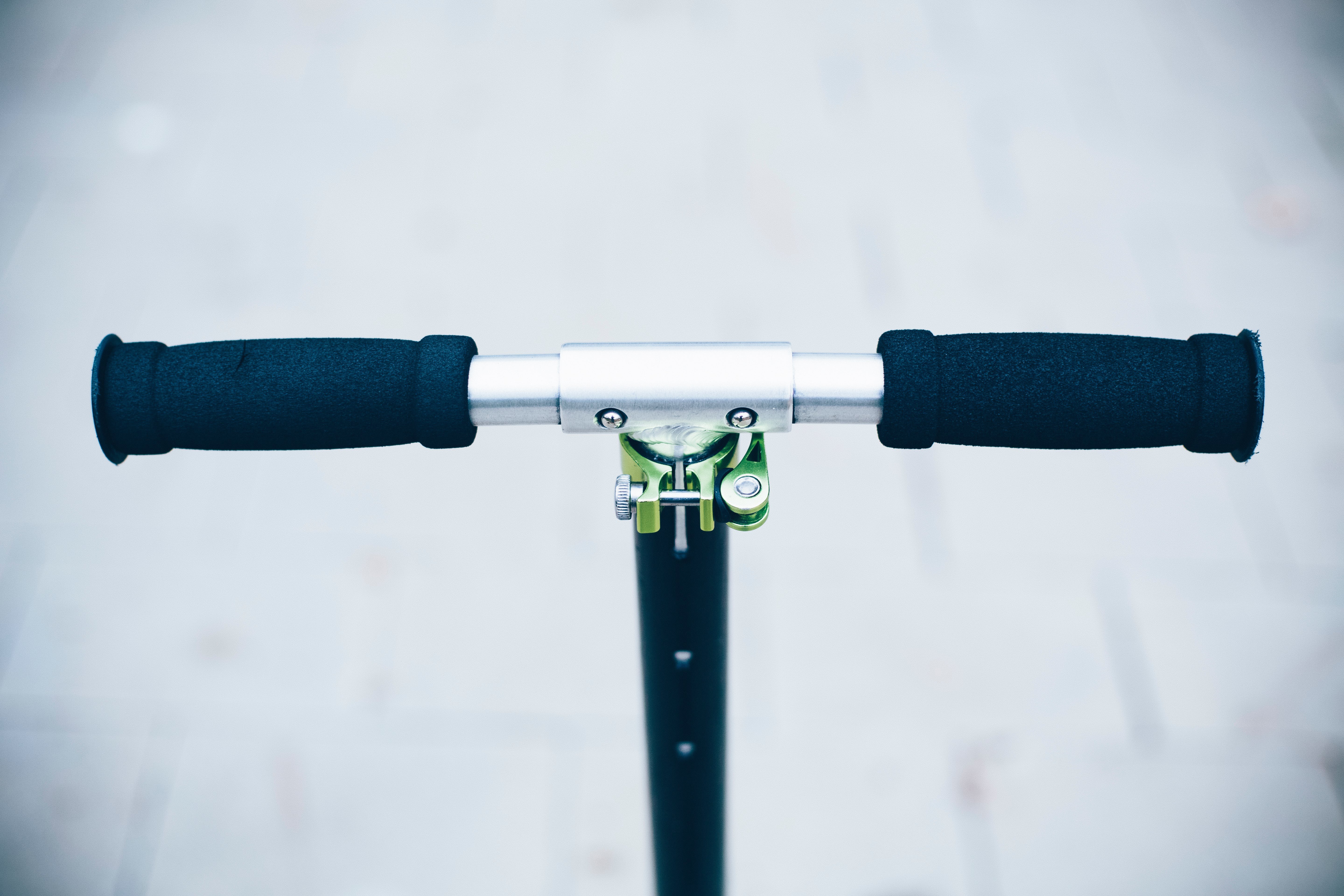
Kick scooters are typically equipped with straightforward handlebars featuring ergonomic grips and maybe a brake lever. Additional accessories may include a manual bell, and a light switch, although such features are usually limited. In contrast, electric scooters boast handlebars that offer a wider array of controls and functions—and a central display unit provides real-time monitoring of various riding metrics, with complexity varying based on scooter model and brand.
Alongside their ergonomic design, e-scooter handlebars incorporate controls for speed adjustment (throttle), braking(brake levers), cruise control, customizable performance settings such as ride modes and braking/acceleration intensity, as well as features like lights and bell/horn functions. In addition, models like the Segway GT2 feature sophisticated mechanisms such as traction control, that further enhance the riding experience.
Deck
The deck serves as the platform where the rider's feet rest, and its size varies depending on the scooter model. Kick scooters feature slender decks aimed at reducing weight and enhancing maneuverability, with a short step from the ground for easy mounting and dismounting.
In contrast, electric scooters have larger decks to accommodate the battery and enhance stability due to their higher performance capabilities. These decks are raised from the ground to prevent scraping of the underpan enclosing the battery. However, regardless of the scooter, all decks will typically feature grip tape or a rubber cover to ensure traction.
Battery and motor
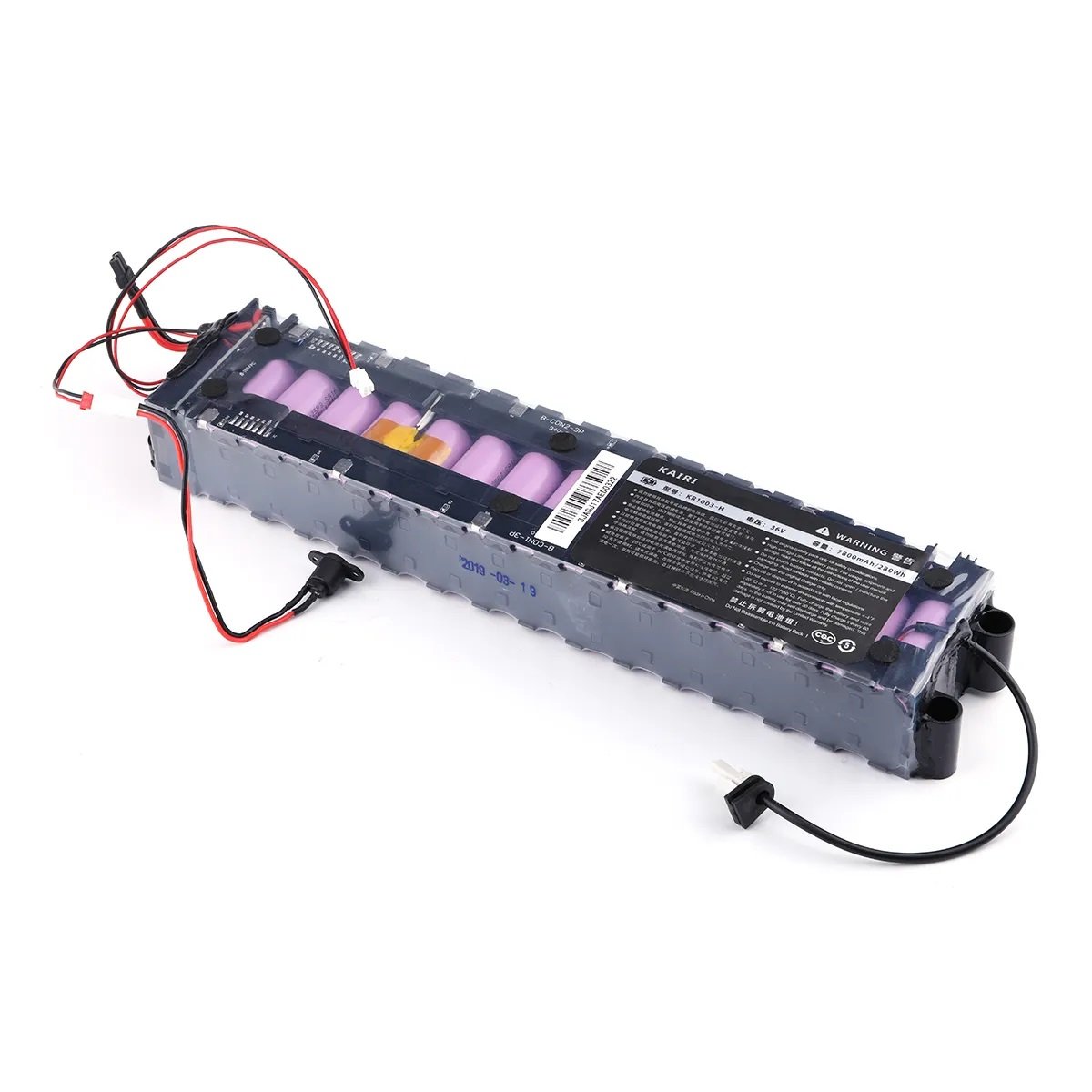
The performance of electric scooters, including their speed and range, is determined by the ratings of both the motor and battery unlike kick scooters, which rely solely on manual effort for propulsion. Most of the time batteries are housed within the deck, although there are exceptions like the Turboant X7, which features a removable battery attached to the stem. Motors, on the other hand, are encased within the wheels.
Tires
Kick scooters are equipped with smaller wheels featuring bearings optimized for efficient kicking and smooth rolling. These scooters typically use durable polyurethane or rubber tires, whose main benefit is that they're flat-free.
In contrast, electric scooters feature larger tires designed to enhance stability on various terrains. Performance-oriented electric scooters often come with air-filled tires for improved traction and ride comfort. And e-scooters intended for off-road use feature reinforced air tires with deeper treads to provide better grip on uneven surfaces.
With advancements in technology, we also have scooters like the Apollo City Pro, which boasts proven puncture-proof air-filled tires, combining the advantages of solid and pneumatic tires.
Performance
Electric scooters excel in performance across all aspects due to the integration of high-quality motors, controllers, and batteries.
Speed and acceleration
Electric scooters deliver impressive top speeds owing to the mechanical assistance provided by their motors. Depending on your desired speed, it's essential to review the manufacturer-provided or reviewer-backed speed specifications of different scooters.
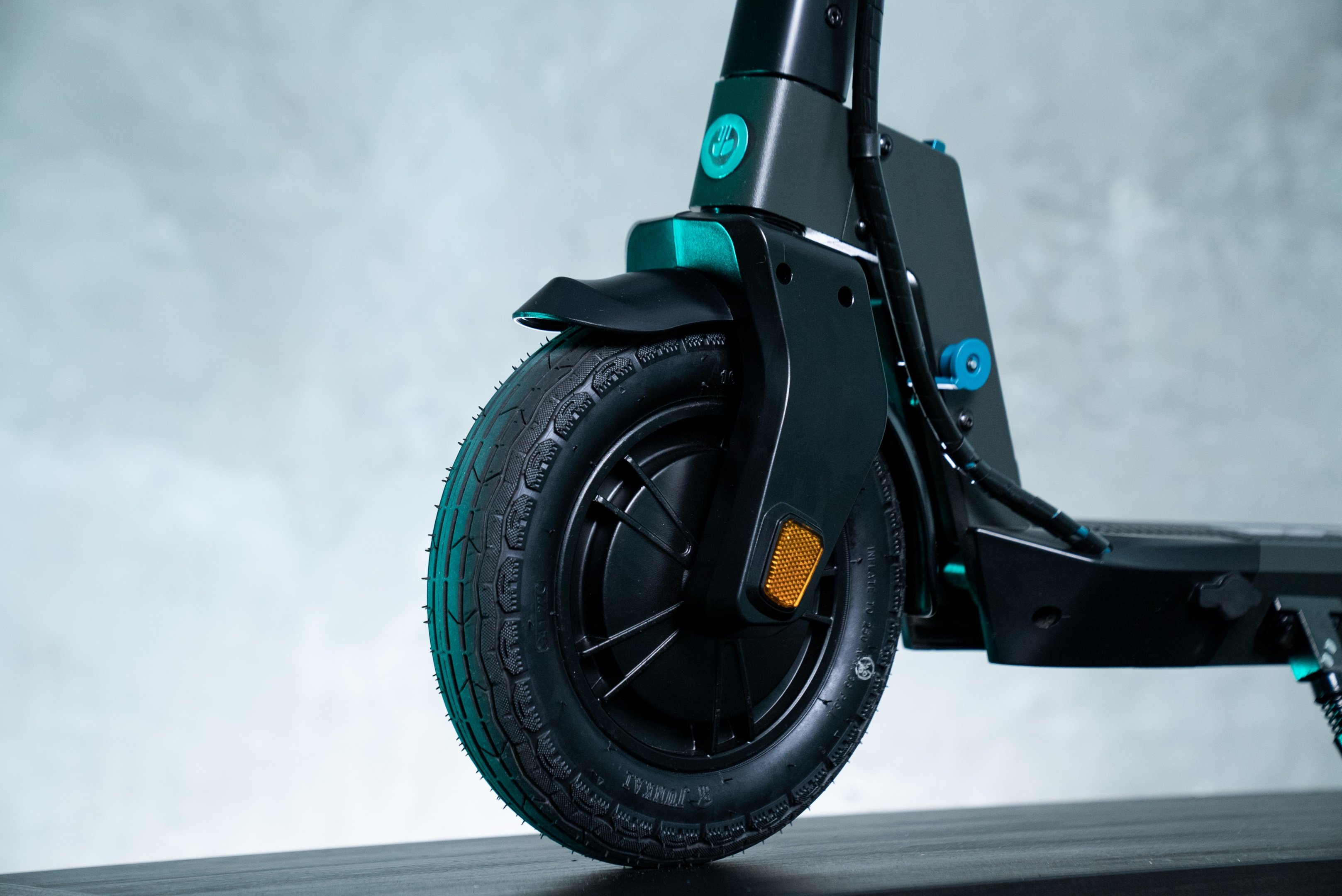
Additionally, motors offer varying levels of acceleration, so consulting reviews can help gauge real-life efficiency. Notably, the NAMI Burn-E holds the title for the quickest production scooter, achieving a tested time of 1.6 seconds to reach 15 mph, while the Kaabo Wolf King GTR boasts an astounding verified top speed of 65.8 mph.
In contrast, kick scooters have a low top speed and acceleration, as they depend solely on the rider's physical ability to push, which is inherently limited over extended periods.
Range
Electric scooters dominate in terms of range capacity. Even models with smaller batteries, like the Segway AirT15 with a 144 Wh battery, can deliver a range that surpasses the practical limits of what one might achieve on a kick scooter. While it's true that the range of a kick scooter is theoretically unlimited, it heavily relies on the user's physical stamina and effort.
Braking
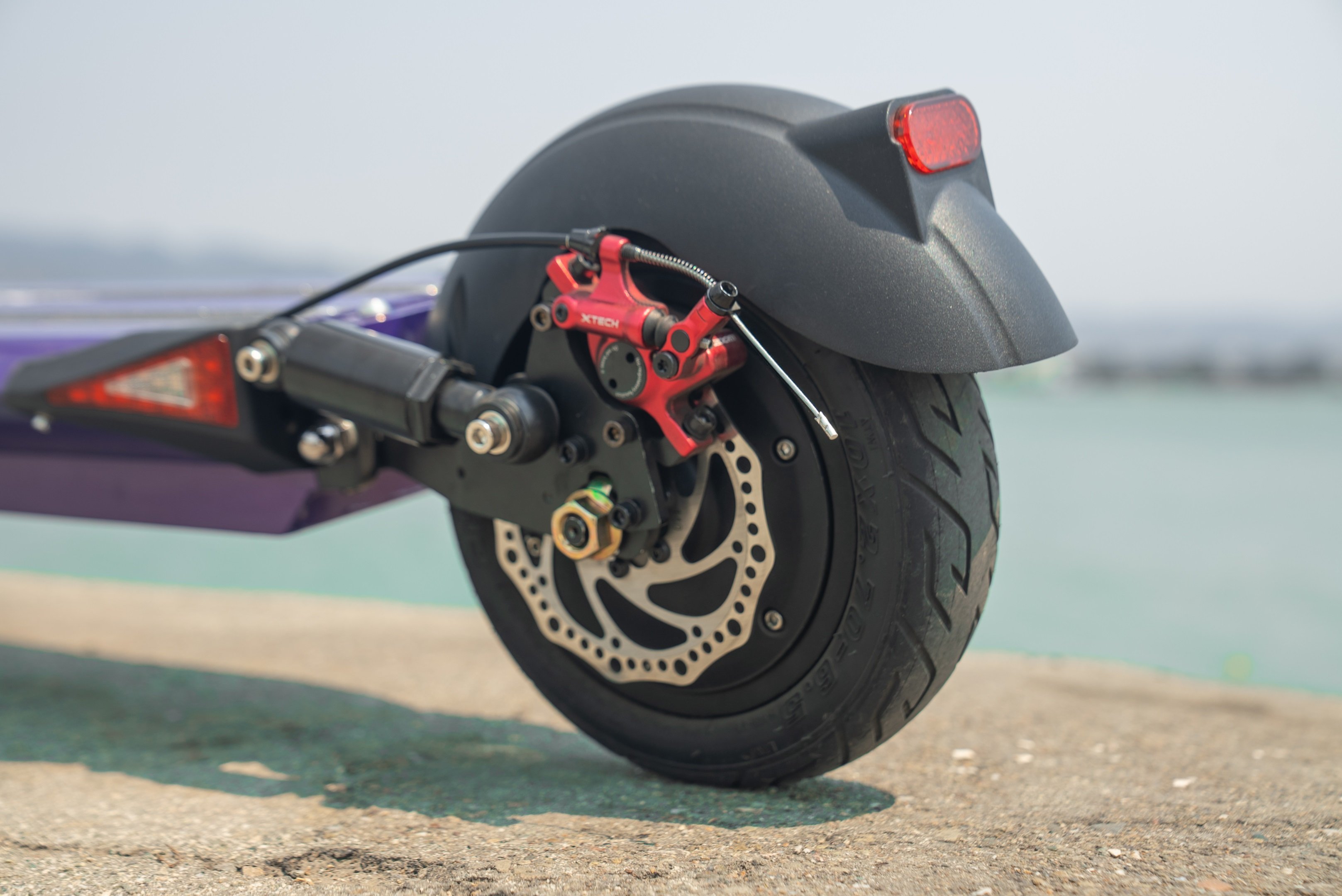
Kick scooters mostly rely on foot braking for coming to a stop, requiring riders to physically place their foot on the ground to slow down or halt. Given their lower speeds, this braking method proves more than adequate. Additionally, kick scooters may utilize friction or stomp brakes, where pressure is applied to the fender to halt wheel movement.
On the other hand, electric scooters necessitate more robust braking mechanisms, typically offering options between electronic, mechanical, or friction brakes. Electronic brakes transmit signals to the motor to reduce power and decelerate the scooter, while mechanical brakes utilize physical components like discs or drums for braking action. The effectiveness of the braking system varies among scooters, with top-performing models achieving stopping distances under 11 ft from a speed of 15 mph.
Hill climbing
While kick scooters are not ideally designed for uphill riding due to the challenges posed by gravity, not all electric scooters excel in hill climbing either. Scaling inclines requires substantial motor power, a feature lacking in many entry-level electric scooters. While some may perform adequately on moderate inclines, tackling steep hills proves challenging for most scooters. For efficient hill climbing, a capable dual-motor scooter is essential. The Unagi Model One Voyager stands out as the most affordable option in this category, offering hill climbing capabilities surpassing not just scooters in its class, but other highly-rated intermediate-friendly scooters as well.
User experience
The riding experience differs between an e-scooter and a kick-scooter regarding skill mastery, safety, and varying comfort levels during rides.
Comfort and ergonomics
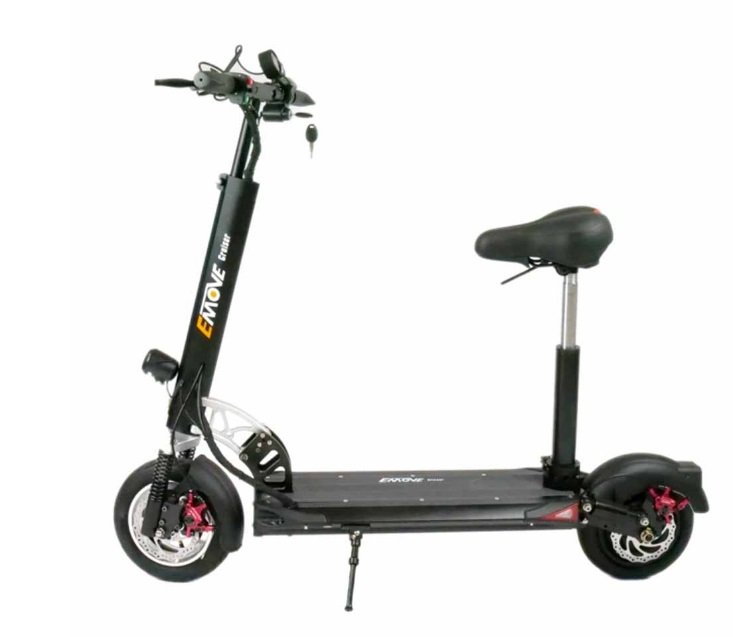
Electric scooters offer a more comfortable riding experience since they require less manual input from the rider. Their design is optimized for ergonomic comfort, featuring wider decks and adjustable handlebars to accommodate riders of varying heights. And if you don't fancy standing through your ride, you can opt for a seated electric scooter option.
Additionally, some e-scooter models feature built-in comfort specifications such as cruise control for hands-free acceleration and smooth, efficient sine wave controllers that ensure a controlled and enjoyable ride. Other models are equipped with suspension systems that complement large air tires, providing an unmatched level of comfort.
In contrast, kick scooters have straightforward designs with limited comfort features compared to electric scooters. They offer a simple and enjoyable riding experience and are generally more suited for leisure activities rather than practical commuting.
Learning curve for beginners
Kick scooters have a more intuitive learning curve compared to electric scooters. Beginners can simply hop on and start riding with ease. Electric scooters, although generally intuitive as well since they share the same riding concept, may require additional time to master balance, braking, and throttle control, especially with powerful models. However, familiarity with scooters comes quickly, and as long as riders avoid overly powerful electric scooters that don't match their skillset, they can comfortably navigate them.
Safety
Kick scooters are generally considered safer than electric scooters due to their low speed. It's easier to stop or safely dismount in the event of sudden, potentially dangerous incidents. Electric scooters are much faster and pose a slightly higher risk; however, skilled riders can mitigate these risks through safe riding practices, ensuring the safety of themselves and other road users.
Practical considerations
When considering acquiring a scooter, whether electric or kick, practicality is a key factor to evaluate.
Cost comparison
Kick scooters are the more budget-friendly option, typically priced under $100 on retail platforms like Amazon, with some models available for as low as $30. While the cost may increase based on desired features and suitability for adult riders, it rarely exceeds the $150 price threshold.

Conversely, electric scooters come with a wider price range, ranging from $400 for good budget-friendly models to as high as $7000 for exclusive models like the Dualtron X Limited. However, beyond outright purchase, there are other cost-effective options available. Rental models offer the flexibility to pay a daily or hourly rate for scooter usage without the commitment of ownership, with popular rental companies including Bird, Lime, Tier, Dot, Spin, and Scoot.
Alternatively, users can opt for the Unagi electric scooter membership - a subscription-based service offering the opportunity to own an Unagi scooter for the duration of the subscription period, with the option to cancel at any time. With affordable subscription plans starting at $59 for the Classic model and $79 for the Voyager, users can access the premium quality of Unagi scooters without a substantial upfront investment. Moreover, Unagi membership includes free express delivery, full maintenance before delivery, and theft insurance, making it an attractive option for regular commuters.
Portability and storage convenience
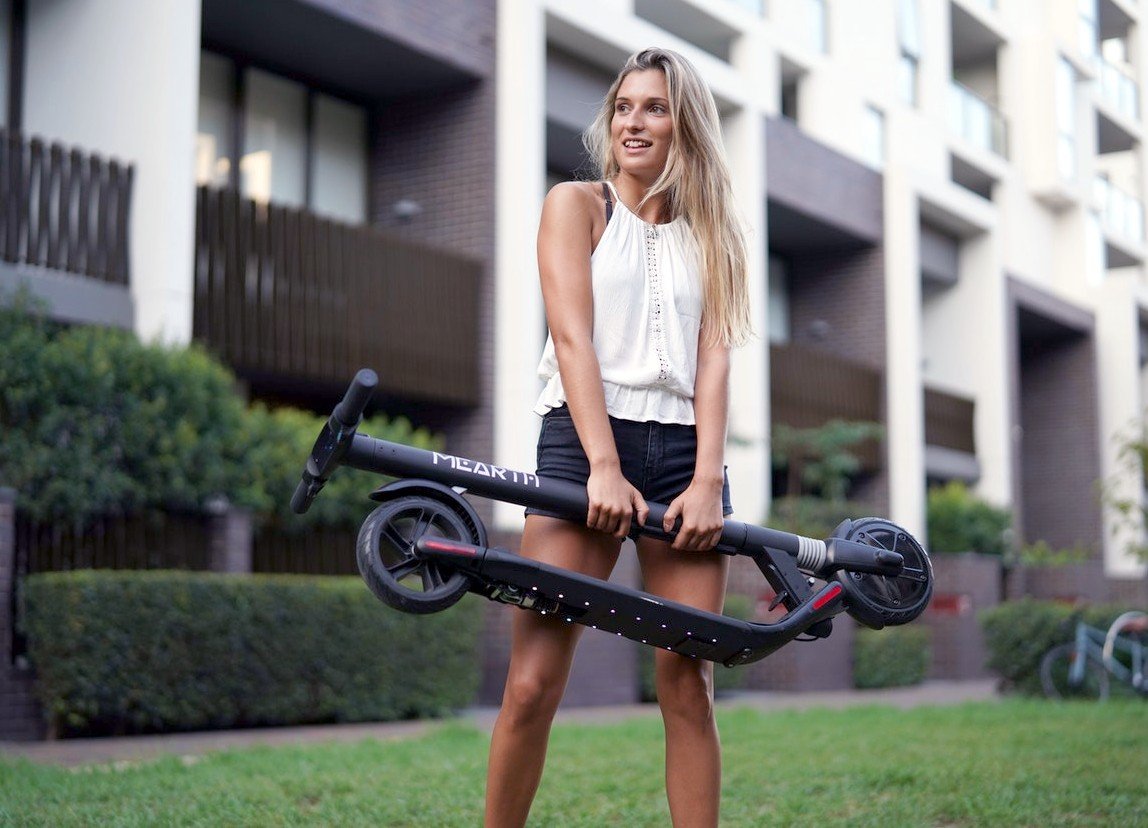
Kick scooters offer superior portability, typically weighing between 5 and 12 lbs and boasting a compact design that makes them easy to carry and store.
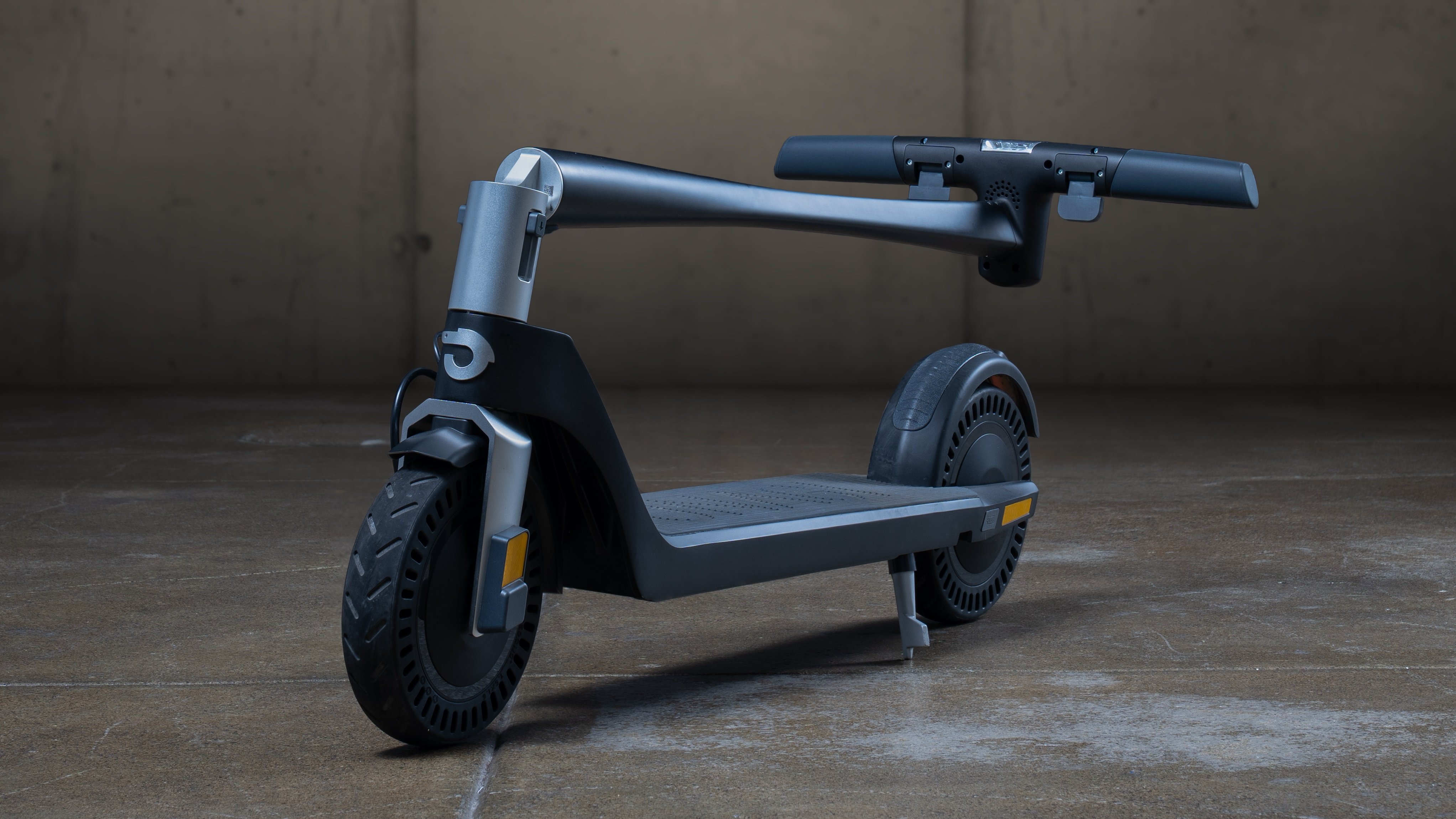
In contrast, electric scooters tend to be bulkier and heavier, primarily due to components like motors, large wheels, and batteries. While some electric scooters, such as the Uscooters Booster Sport (24.5 lbs), Gotrax GXL Commuter V6 (26 lbs), and Unagi Model One Classic (28.5 lbs), are relatively lightweight, others like the Dualtron X Limited (182.6 lbs), Kaabo Wolf King GT (125.4 lbs), and Vsett 11+ Super 72 (125.2 lbs) are substantially heavier.
Maintenance requirements
Both electric and kick scooters require regular maintenance checks to ensure optimal performance and longevity. It's more intensive for electric scooters, though, as they have more parts involved. A typical maintenance schedule will involve inspecting the motor, brakes, and tires regularly, as well as keeping the battery charged and clean.
Following the manufacturer's recommended maintenance guidelines is crucial for maximizing the scooter's efficiency. On the other hand, kick scooters require periodic lubrication of the wheels and bearings, along with tightening any loose bolts or nuts.
Suitability for different users
Electric and kick scooters cater to users of various ages and weight specifications, provided the rider matches the manufacturer-recommended specifications for each model. That said, electric scooters are generally better suited for teens and adults due to their performance capabilities, while kick scooters are favored by children, offering a means to expend energy during playtime.
Energy efficiency and environmental impact
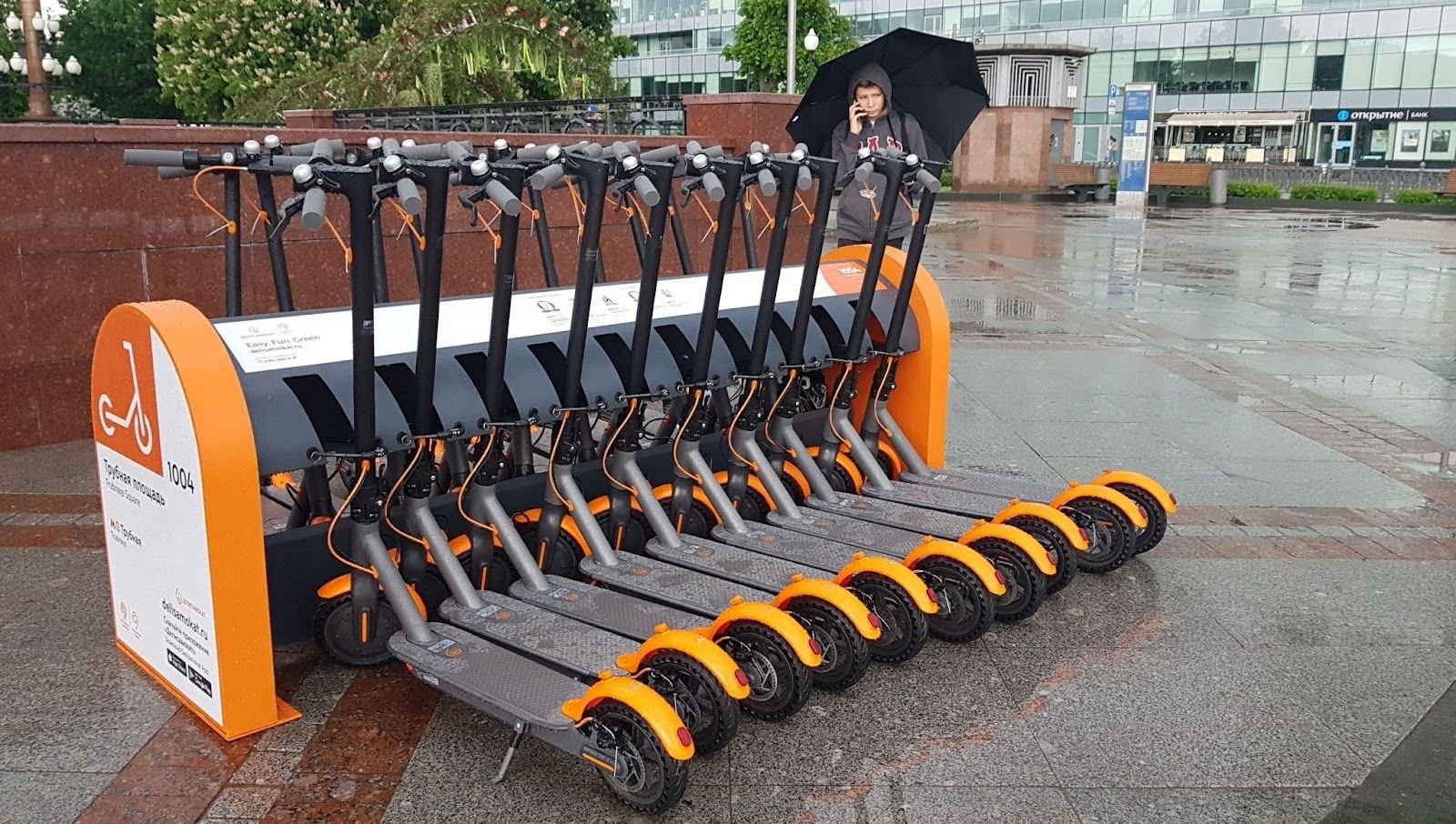
Kick scooters offer superior energy efficiency and environmental friendliness compared to electric scooters. They operate solely on human power, requiring no fuel or electricity, thereby emitting almost zero emissions and minimizing environmental harm. Furthermore, they are constructed from materials like aluminum or steel, which are often recyclable, further diminishing their ecological footprint.
In contrast, while electric scooters are relatively energy-efficient, they contribute to electricity consumption and emissions during charging. Additionally, the manufacturing process of electric scooters, involving battery production, can entail environmental consequences if not appropriately managed.
Compliance with local laws and regulations
Kick scooters tend to fly under the regulatory radar, largely because of their straightforward, non-motorized designs. This general perception of their simplicity and harmlessness allows for broad acceptance of their use in various settings, similar to how bicycles are treated, without much concern. However, there is a high chance that it might still lead to problems with authorities, who may mistake them for their electric counterparts, which are subject to more stringent regulations due to their motorized nature.
Electric scooters face stricter scrutiny and are mostly confined to bike lanes and shared pathways. The use of electric scooters on sidewalks and highways is occasionally permitted, but such instances are rare. Some regions even have complete bans on electric scooters.
Legislation concerning electric scooters varies widely across regions and may include speed limits, helmet mandates, age specifications, and designated riding areas. Furthermore, electric scooters may be subject to registration and licensing requirements in certain regions.
Conclusion
Electric scooters are driven by electric motors powered by rechargeable batteries, while kick scooters rely solely on human effort for propulsion. Comparing the two forms of scooters reveals differences in design, performance, and user experience. Electric scooters feature advanced controls, larger decks to accommodate batteries, and air-filled tires for stability on various terrains, while kick scooters offer simplicity and maneuverability, ideal for leisurely rides.
Factors like speed, range, braking mechanisms, and hill-climbing capabilities differ between the two types, influencing their practicality and user experience. Additionally, considerations such as cost, portability, maintenance requirements, and suitability for different users play crucial roles in determining the most suitable scooter for individual needs. However, if you’re just looking to dip your toes in the water to get the e-scooter feel, remember you can always subscribe to Unagi’s membership for as low as $59.

Stay current with the latest U.S. electric scooter laws in our 2025 guide. Updated annually since our first comprehensive guide, ensuring you have the most recent state and city regulations to ride responsibly”

The Slack Core 920R is currently the fastest electric scooter in 2025 that you can purchase without the need for pre-order.

Our selection of the best electric scooters 2025 spans the fastest e-scooters to the most portable ones, the ones designed for city riding and off-road, the best scooters for rain, budget electric scooters for students, and more powerful ones for skilled riders.

The Unagi Voyager is the best lightweight electric scooter for adults and teenagers. It is the ultraportable sequel to its predecessor, the Unagi Model One Classic.

If you're wondering whether an electric scooter with a seat is right for you, this is a detailed article that would suit your need.

Understand which personal electric vehicle is best, the choice between an electric bike or electric scooter might already be made for you by some critical factors, including portability and storage capacity.

In the U.S., most states don't require a license. For those that do, they usually just ask for a regular driver's license or a learner's permit.

Yes, you can bring an electric scooter on a plane, but it needs to have a lithium battery smaller than 100 watt-hours, which most don't.

Manufacturers advise against riding electric scooters in the rain. The main reasons are: water can fry the electronics, make the ride dangerous, and void your warranty.

The basis and the premise of my work is that we either operate out of love or we operate out of fear...Time is currency. The coolest thing about the scooters is that it's really quick, and it goes uphill. From there, traveling more efficiently and having a good time doing it--I think that's the most important thing.

Cynthia Leu has a full plate. A tech worker by day, Cynthia spends her off time balancing the parallel lives of a powerlifter, entrepreneur, mental health advocate, and more. Riding Unagi helps this USMC veteran cut down on everyday…

https://www.youtube.com/watch?v=7m2hVBE62LY Rasheed Muhammad is sick of Los Angeles traffic. In order to preserve his sanity, Rasheed has traded his everyday driving habit for the portable and beautiful Unagi Model One. It’s an essential accessory for navigating LA streets -- and…

Rich Lee, Co-Founder of San Francisco’s SPRO Coffee Lab, wants to share his love for coffee with the world. He depends on riding Unagi to avoid the hassle of navigating the parking crunch in the booming Mission Bay neighborhood.…















